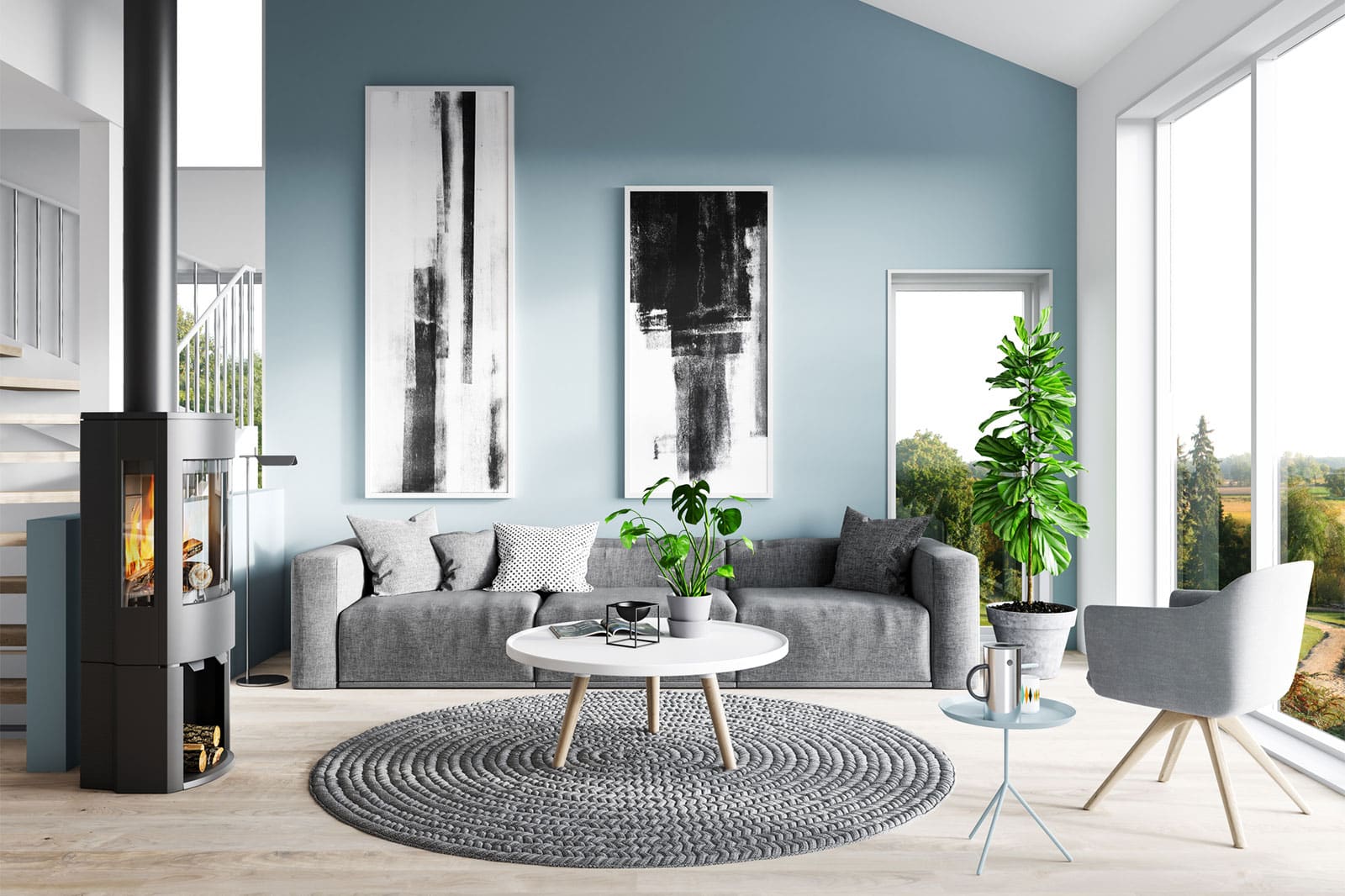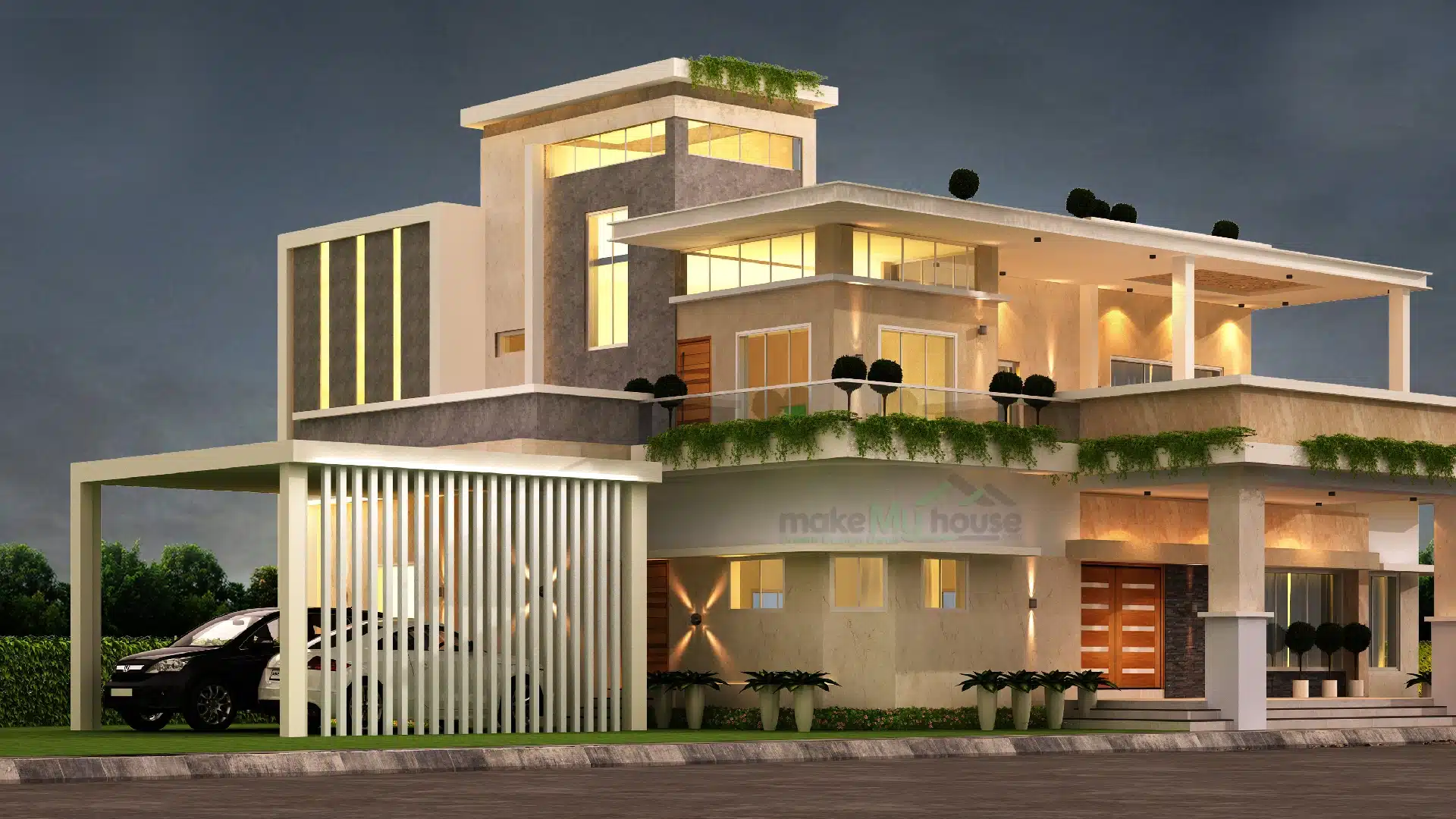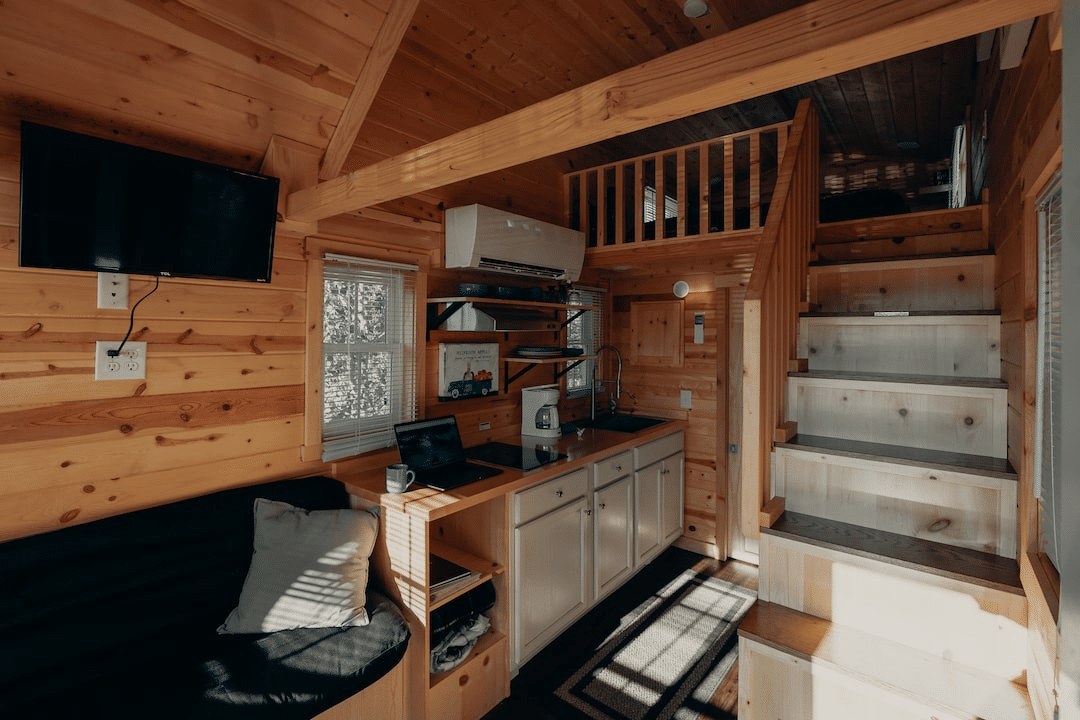Interior Design Student Projects: A Guide with Actionable Ideas and Tips
Planning, designing, and executing interior design projects can be challenging, particularly for students and those just starting out in the field. But the creative process is definitely a part of the fun! In this article, we will discuss actionable tips and visionary ideas to turn your academic and practical projects into brilliant portfolio additions.
Academic vs. Practical Interior Design Projects
Now, to get into the brass tacks. Projects during your academic years are split into two categories. Academic and practical.
What you gain from each of these project types is vastly different. Before we look at these two types of projects in more detail, here are some thoughts from interior designer, Maria: “Foi durante meu período como estudante de design de interiores que aprendi a importância do equilíbrio entre teoria e prática. Naquela época, encontrei um recurso valioso para pesquisa acadêmica e assistência, o site de TCC gratuito, uma iniciativa da Studybay, onde encontrei artigos informativos fornecidos pelos especialistas e exemplos prontos de monografia e outros tipos de trabalhos que serviram de inspiração e base para meus projetos. Além disso, descobri histórias de mulheres empreendedoras no Brasil, as quais me inspiraram a aplicar essas ideias no meu trabalho prático. Espero que os estudantes de hoje façam o mesmo, e compreendam que o conhecimento acadêmico e prático andam de mãos dadas.”
Translated into English, Maria highlighted from her experience as an interior design student that she learned the importance of balancing theory and practice, which go hand in hand. She also noted that a website with informative articles and examples of various academic works was a valuable resource for finding inspiration for her projects, while real-life stories from female entrepreneurs encouraged her to bring her ideas to life.
- Academic projects: Research-focused and theoretical projects require a deep dive into design principles, history, and trends. If you want good grades, academic projects require critical thinking, relevance, and high standards.
- Practical projects: On the other hand, practical projects require you to gain hands-on experience. Internships, client interactions, and space designs are all part of the experience. This is where you apply the theory you painstakingly studied during college.
Now, let’s discuss the key differences between the two.
- Objectives: Here, we pit the theory against real-world problems. The way you approach the two is notably different.
- Deliverables: Academic projects typically require written reports, presentations, assignments, research papers, and conceptual designs. Practical projects result in tangible outcomes, such as completed interiors or client-ready presentations.
- Evaluation Criteria: Academic projects are evaluated based on the depth of research, demonstrated critical thinking skills, and adherence to specific academic standards. In practical projects, creativity, functionality, and the effectiveness of the design solution in meeting client needs is evaluated.
Completing either can be quite demanding and time consuming, so don’t beat yourself up for needing a break every now and then.
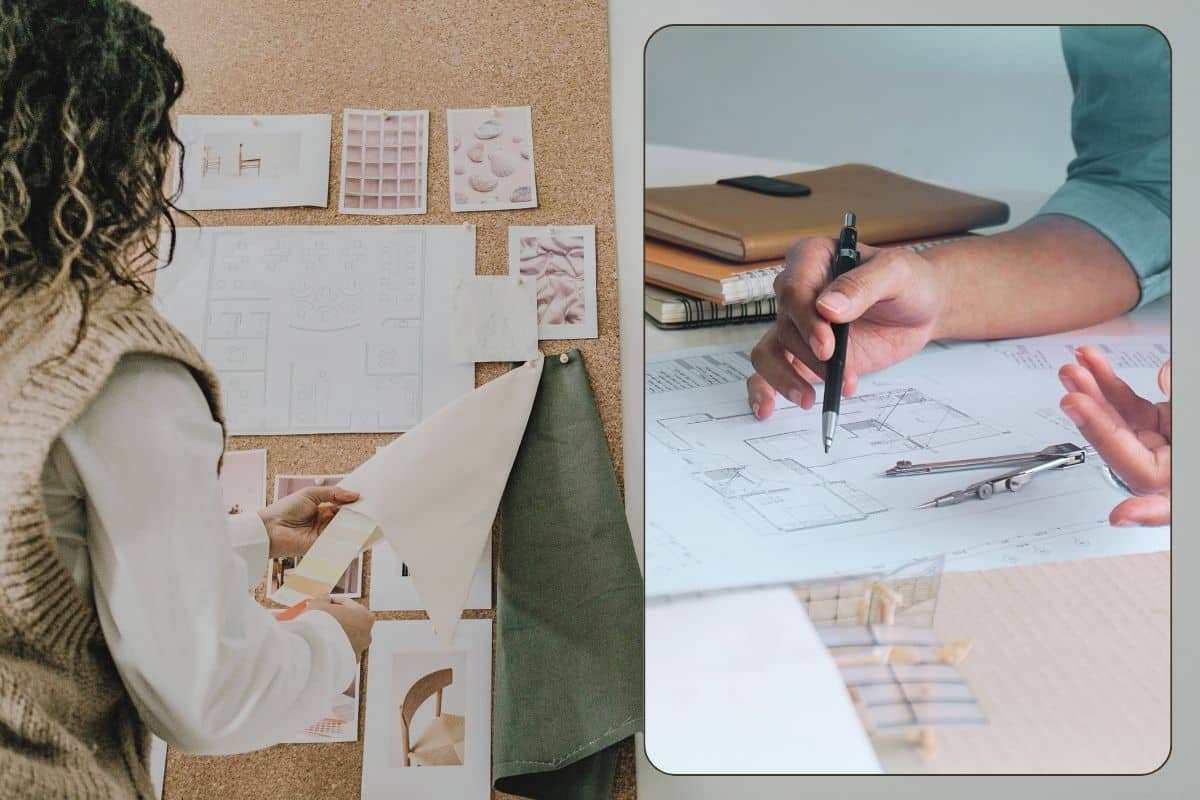
Sourcing References and Inspiration
Finding academic references is relatively simple. From a quick Google search to a thorough scan on Google Scholar or college library you’ll never be short of a great source of information and references.
Scouting for practical designs, on the other hand, can be a lot of fun. As creative individuals, we know that finding a muse requires us to go down a few rabbit holes. Visit studios, check out professional portfolios, industry events, and exhibitions, and check out social media sites like Pinterest and Tumblr.
Generating a variety of ideas is key to developing unique and innovative design projects. However, it is a general problem with creative individuals that we don’t know where to stop. Some of our ideas may not be coherent, or they may not be relevant to the project at hand. Trend awareness is key in this field. Here are some tips you can use to channel your ingenious energy:
- Mind mapping: Take your ideas and sketch a map to see where each of them fits. Eventually, you’ll find your route to the perfect result.
- Mood boards: Use visual tools, follow the same structure as storyboarding, and pick what feels more relevant to the topic at hand.
- Sketching: This is a bit hit-and-miss, but if using visual tools seems daunting, draw out your ideas.
- Step back and analyze: Be it SWOT analysis or approaching the project from multiple angles, get a different perspective after you take a breather.
There are many ways to brainstorm, from online research to simply sitting down with a pencil and paper to sketch out your thoughts. The key is to narrow them down by relevance. Using the above methods, you’ll have your project and design finalized in no time.
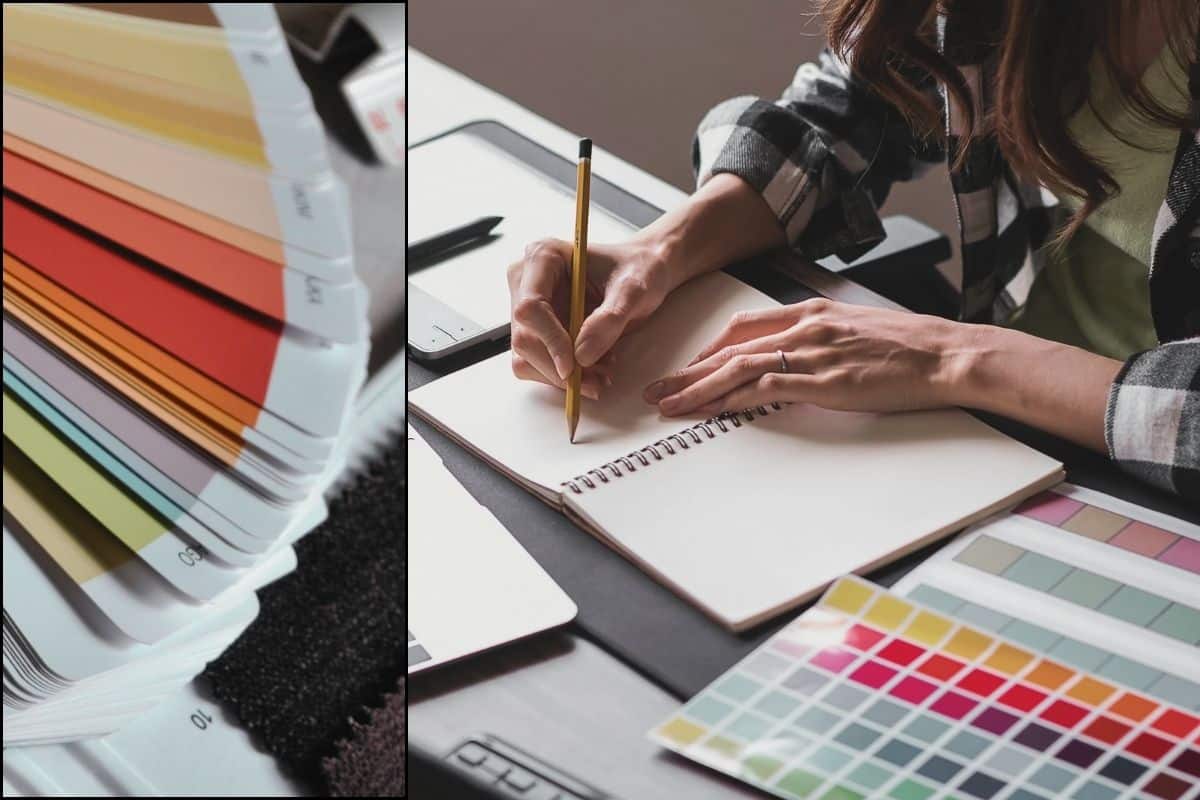
Balancing Creativity with Practicality
This is where your left brain meets the right, and a tiny battle commences. Bear in mind that at the end of the day, the practicality of the design or project needs to have the upper hand. Unless you’re commissioned to do otherwise, of course.
- Design Constraints: Factors such as budget, space limitations, and client preferences are crucial to consider. These limitations can actually fuel creativity and challenge you to think outside the box.
- Function vs. Aesthetics: Strive to create designs that are both beautiful and functional. The best interior designs are those that enhance the client’s experience while also being visually appealing.
These aren’t skills you’ll learn overnight, no matter the rabbit holes you go down. You finesse them with time and experience, so don’t shy away from challenging projects.
Tips for Managing and Presenting Projects
The first step is to declutter your mind and then your worktable. You simply cannot manage a project, let alone multiple ones, while you have a trillion tabs open in your brain.
- Draw a pipeline to manage time efficiently. Give yourself a buffer for edits and last-minute changes.
- The pipeline also works to set clear milestones in the project.
- Finally, stay organized to waste as little time as possible scrambling for things.
Even with all of this, some of you might go headfirst without a plan to present your ideas. This is a losing battle unless you’re quick on your feet. Instead, pick what works best for you to communicate effectively, whether it is digital tools like slides or physical items like mood boards and models.
Showcasing Projects in a Student Portfolio
Now for the real showcasing: your portfolio. Here are some expert tips to make yours better.
- Highlight Your Key Projects: Which of your projects best demonstrate your creativity, technical skills, and ability to solve real-world design challenges? Focus on those in your portfolio.
- Visual and Written Content: Balance visual content, such as drawings, renderings, and photographs, with written content that explains the rationale behind your designs. Both should be polished and professional.
- Cohesive Narrative: Do you have a mix of academic and practical work to show your versatility? Does your portfolio paint a clear picture of you as a designer for the target audience?
The key is to show what you are capable of, not just tell.
Conclusion
Academic knowledge, practical experience, and all the creative juices flowing through your brain will make you a sought-after interior designer. They all go hand in hand. You really cannot excel without finding the right balance of theoretical knowledge and practical application.


